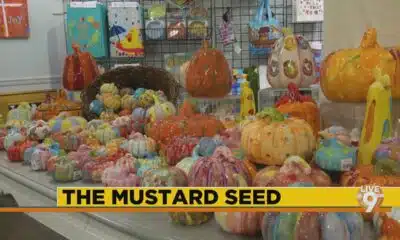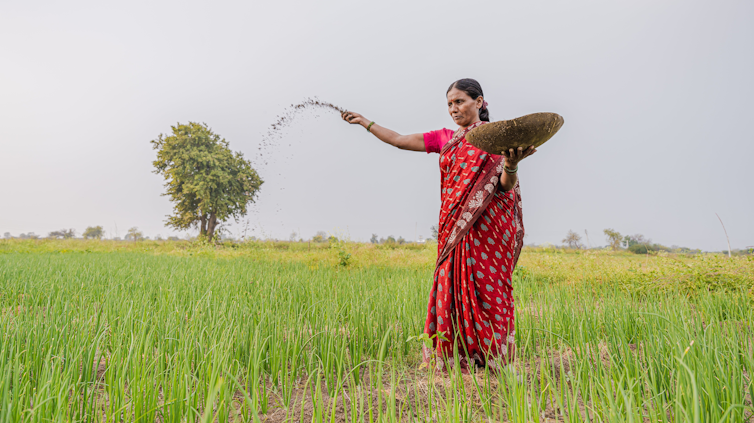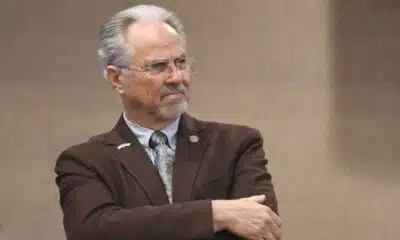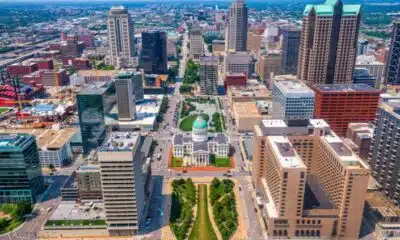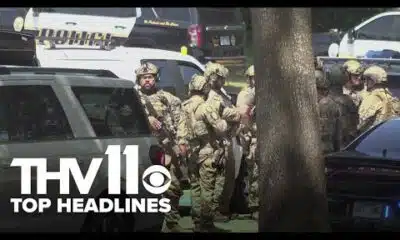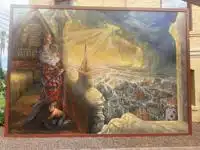
Stefano Spicca/iStock via Getty Images
Selma Hedlund, Boston University
The COVID-19 pandemic exposed a pressing issue: The U.S. health care system is increasingly dependent on immigrant physicians, but it’s becoming harder for aspiring ones to work and settle in the U.S.
Today, 1 in 4 doctors are foreign-born, international medical graduates. Their numbers are even larger in underserved areas – essentially, low-income, more rural parts of the country where many American doctors don’t want to work.
This immigrant workforce is key to offsetting a dire physician shortage. The need for more doctors is due, in part, to America’s growing and aging population; U.S.-born doctors’ unwillingness to move to poorer and more rural areas; and U.S.-born doctors’ lack of interest in going into primary care, which can be less lucrative and prestigious than other areas of medicine.
As a result, immigrant doctors have become indispensable in hospitals and clinics across the nation. But while they’re in demand, more and more foreign doctors are starting to see the immigration process as a risky endeavor.
During the COVID-19 pandemic, I wrote my dissertation about how immigrant physicians navigate the U.S. immigration system and foreign licensing procedures. My interviewees described how a combination of stricter immigration policies and more competition for residency spots have made the U.S. a less feasible destination.
Visa vicissitudes
U.S. visas can be categorized into two categories: immigrant and nonimmigrant. Nonimmigrant visas, such as tourist, student or exchange visitors visas, prohibit holders from having what’s called “immigrant intent,” meaning that they don’t plan to use their visas to permanently stay in the U.S.
In order for immigrant doctors to be licensed to practice in the U.S., they need to complete licensing exams. They also need to obtain clinical experience in the U.S. This can be completed while on a tourist visa or a student visa, which are relatively easy to obtain.
However, all immigrant physicians – even if they’re certified specialists in their home country – need to get accepted into and complete a U.S. residency program in order to practice in the U.S. as specialists. These are intensive, supervised training programs that can last up to seven years.
Nonetheless, a majority of immigrant doctors in the U.S. will complete their American residencies on nonimmigrant visas, even though by this point in the process they quite clearly have immigrant intent.
It wasn’t always this way.
There’s a special work visa called the H-1B that allows for both immigrant and nonimmigrant intent. A few decades ago, many immigrant physicians entered residency programs that sponsored H-1B visas, which served as stepping stones to green cards.
But drastic restrictions to the number of people admitted into this visa program, coupled with cuts in graduate medical education funding, have directed most foreign-born doctors to what’s called a J-1 exchange visitors visa.
Challenges of working in underserved areas
The J-1 not only explicitly prohibits immigration intent, it also requires that doctors return to their home country for at least two years upon completing American residency training.
Foreign-born doctors nonetheless pursue the J-1 because there’s the opportunity to obtain a waiver, with limited slots that will allow them to remain in the U.S. and adjust to an H-1B visa. If selected for the waiver program, they must commit to a minimum of three years of service in a designated medically underserved area in the U.S.
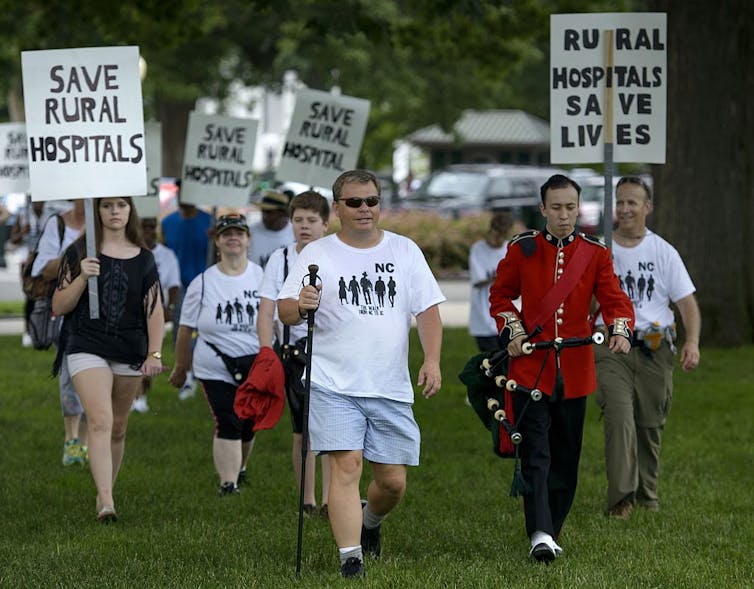
Brendan Smialowski/AFP via Getty Images
While this system can offer short-term relief to physician shortages, it can also lead to exploitation.
As one interviewee told me, “We hear very scary things about the J-1 waiver. The employers can take advantage and make you work more and pay less.”
For the duration of the waiver program, immigrant physicians have minimal ability to change employers without violating the conditions of the waiver – and their path to immigration. Underserved areas are often understaffed and underresourced, which can make for stressful working conditions.
Forced to go above and beyond
The challenges don’t end with the visa process. There are financial burdens as well.
International medical graduates often spend tens of thousands of dollars to pay for U.S. medical licensing exams, multiple visa applications, international travel and lodging, residency and green card applications.
They also spend months in unpaid positions in hospital settings to gain the U.S. clinical experience that’s required to apply for residency. Then, in order to match into residency, immigrant physicians typically need to outperform their American peers on exams. They also need to have more prestigious research qualifications and stronger recommendation letters. Still, immigrant doctors are more likely to match into less competitive residency programs.
While interviewing immigrant physicians, many testified to the competition getting steeper in recent years.
“I told a friend, if you don’t have scores in upper 90s in all the exams and you’re not a green card holder, don’t even bother,” an Indian physician who immigrated 20 years ago explained to me. “It’s so tough.”
Stuck in limbo
Over the course of my research I noticed a trend: Many international medical graduates will come to the U.S. on student visas to pursue U.S. graduate degrees in health-related fields, such as public health, before they even start the licensing process. This helps them get their foot in the door into a very complicated immigration system and build a stronger resume as they prepare for residency applications. It’s also another expensive investment.
But even those who match into and complete residency won’t necessarily be able to stay and work in America.
Those with positive experiences from working in underserved communities often struggle to remain in their positions after their waiver contracts are fulfilled because of the green card backlog.
The average immigrant’s wait time for a green card has doubled since the national quota system was introduced in the early 1990s.
By 2018, an applicant had to wait an average of 18 months to get approved for their green card and another five years and eight months to receive it. The COVID-19 pandemic introduced new barriers and delays.
Indians, one of the biggest nationalities among immigrant physicians, have the longest wait times under the current system, sometimes waiting up to a decade to obtain the security of permanent residence. Among the 1.8 million cases currently stuck in the employment-based green card backlog, 63% are Indian nationals.
A pending green card application is often formally considered abandoned if the applicant leaves the country, preventing people from visiting loved ones abroad for years.
No fix on the horizon
Despite frequent calls for change and reform, these bottlenecks continue to adversely affect both patients and doctors.
While the current model has its benefits, it also reflects a trend in which much-needed immigrant professionals live in prolonged, demoralizing uncertainty. Work visas have been subject to increasing cuts and restrictions in recent years under both the Trump and Biden administrations. Conditions will likely worsen if Trump returns to office: The “Muslim ban” he enacted in 2017 adversely affected many immigrant doctors and their patients, and his calls for increased vetting will likely exacerbate existing barriers to legal immigration.
A paradox has emerged: While the U.S. says it wants to attract and retain world class talent, its byzantine immigration system continually discourages potential hires.
The doctors I interviewed gave a variety of reasons for wanting to work in the U.S., including better lifestyles and opportunities for professional development. But the complexity and sheer unwieldiness of the U.S. visa regime is causing the nation to lose skilled professionals to other countries with more streamlined processes.
Selma Hedlund, Postdoctoral Associate at Center of Forced Displacement, Boston University
This article is republished from The Conversation under a Creative Commons license. Read the original article.

